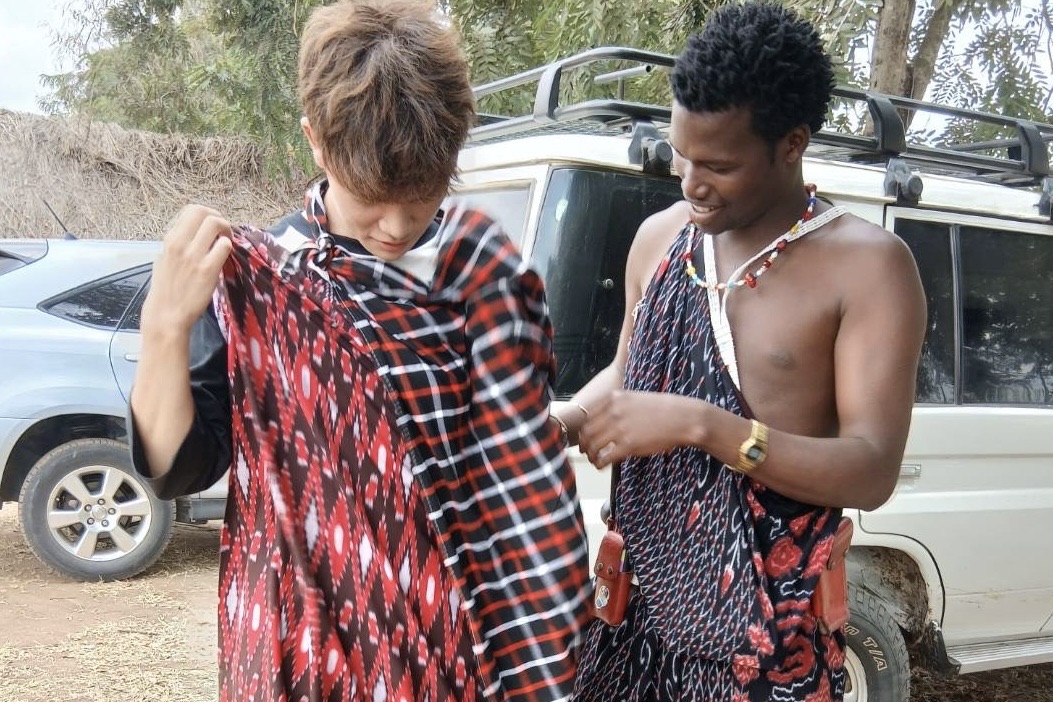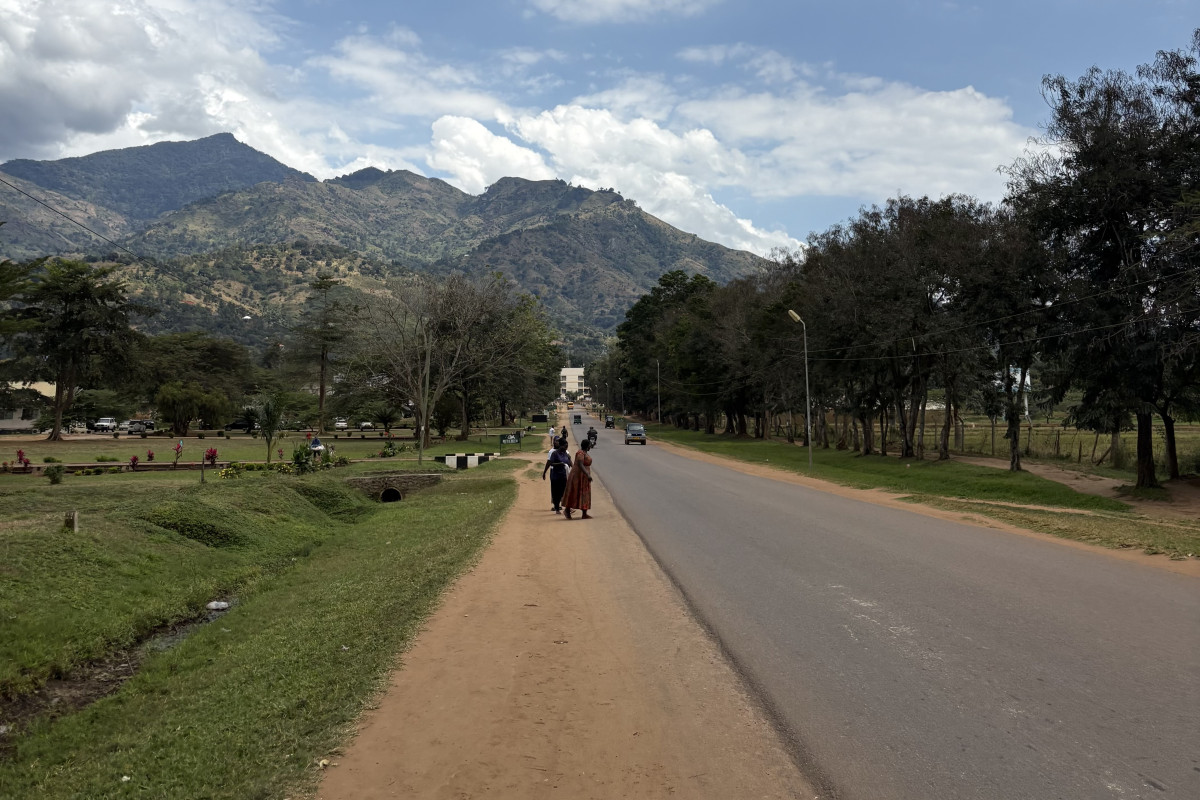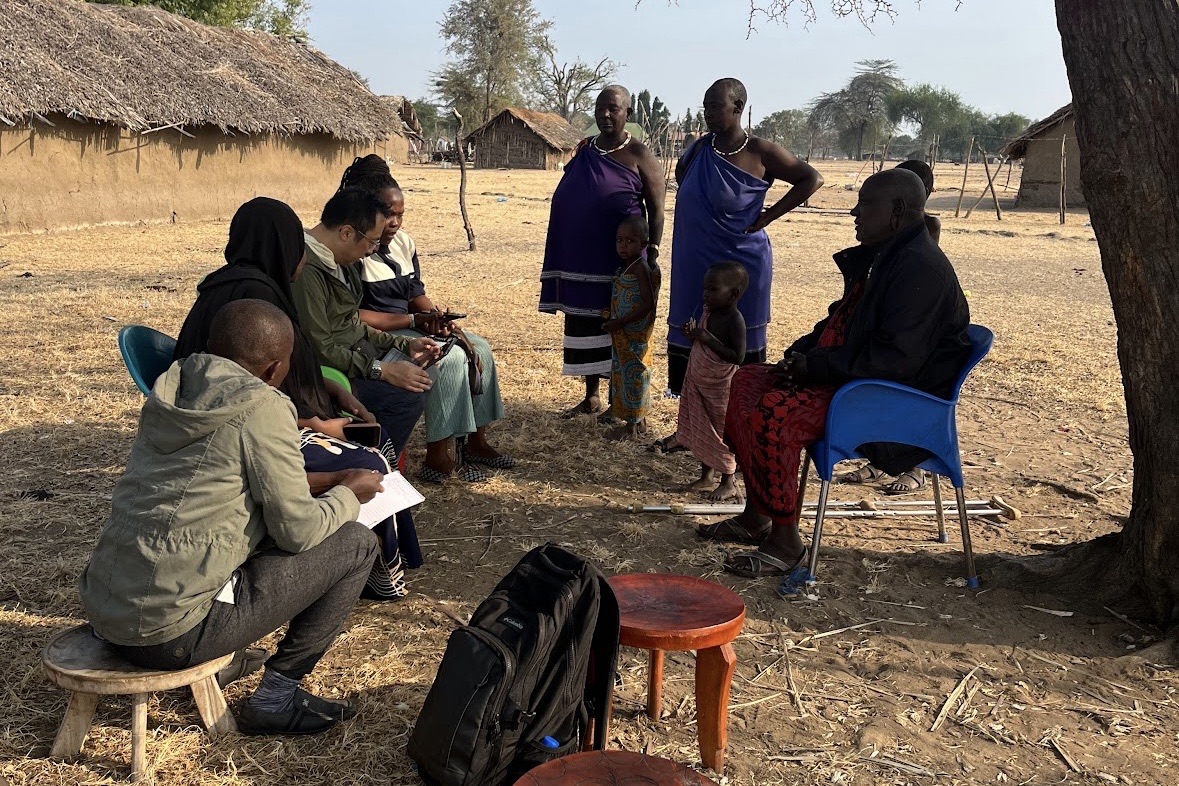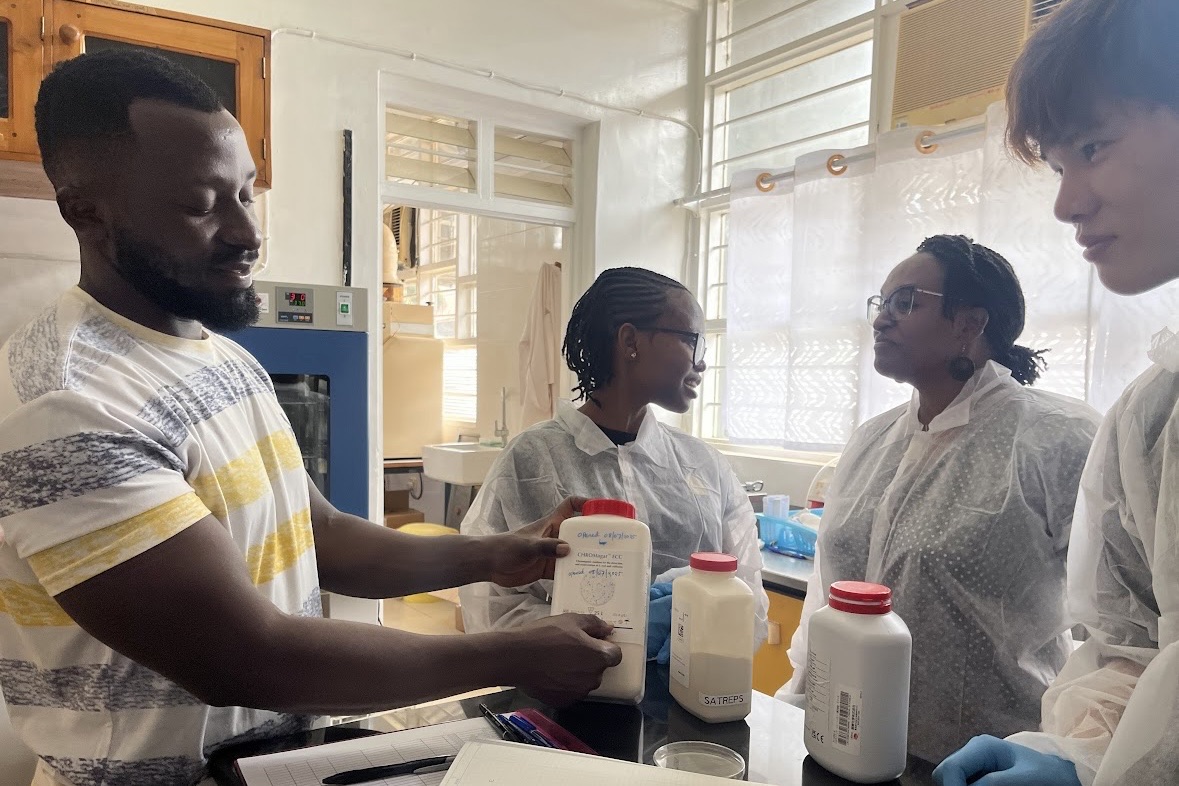[Tanzania Report]Summer vacation internship
掲載日:2025.10.23
In August 2025, Professor Makita (Chief Advisor) of Rakuno Gakuen University accompanied first-year veterinary student Shuto Taniguchi on a field survey, participating in field surveys and international conferences. Below is a report on Taniguchi’s activities.
<Activity report>
For approximately two weeks, from August 10 to 26, 2025, I participated in the OHEPP-SATREPS project, based at Sokoine University of Agriculture in Morogoro, Tanzania. Led by Rakuno Gakuen University, this project, with the cooperation of domestic and international universities and supporting organizations such as JICA, will run for five years from 2024 to 2029. The goal is to establish a One Health, education, and public-private partnership approach to control zoonotic diseases such as brucellosis in the intervention areas. During my summer vacation, I traveled to Tanzania accompanied by Professor Makita of the University’s Veterinary Epidemiology Unit, the central figure in this project. In this report, I will reflect on my experiences during my study abroad, share the details of the project, life in Tanzania, and my impressions.
After two days of travel, I arrived in Tanzania from Japan and traveled by train from the capital, Dar es Salaam, to Morogoro, the base of this project. Morogoro is a medium-sized inland city surrounded by many mountains and rich in nature, and in the center is Sokoine University of Agriculture, where I stayed for a long time.
The first week was mainly spent on fieldwork. Based in the village of Kilosa, a few hours’ drive from Morogoro, I handed out sampling bottles to dairy farmers in the surrounding villages and collected bulk milk from their cows. I also interviewed people in Maasai villages to investigate the current situation regarding daily cow husbandry and the sale of raw milk. I visited various villages and saw scenes of life I had never seen before, and I was captivated by the wisdom of the people who do not rely on machines and the beauty of their traditional lifestyle.
On Saturday, I visited a local livestock market and observed the Maasai buying and selling livestock and slaughtering them. I was very impressed when I bought a traditional costume there and had a Maasai person help me put it on. On Sunday, I also took part in a safari tour of Mikumi National Park, a few hours’ drive from Morogoro, where I was able to encounter a variety of wild animals, including elephants, lions, giraffes, hippos, zebras, and wildebeest.
In the second week, I analyzed milk in a university lab, counting the coliform bacteria it contained and learning about the ELISA method. In the latter half of the second week, an international conference was held to report on the progress of this project, and I assisted with the preparations and management. As it was my first time attending an international conference, I was nervous even when introducing myself, but it was a great experience to be able to attend a meaningful time where many questions and opinions were exchanged.
Through my participation in this project over the past two weeks, I experienced firsthand the threat of zoonotic diseases in Tanzania and the lack of knowledge and facilities to combat them. Livestock and wild animals are seen roaming freely throughout Tanzania, and vaccines and sanitation are inadequate. This reaffirmed the urgent need for action to improve the situation. This trip not only taught me about veterinary epidemiology, but also provided me with valuable experiences: experiencing a culture completely different from Japan, rapidly improving my English skills, and meeting wonderful local people. Although my stay in Tanzania was short, I gained much from it. Each day was filled with wonderful encounters and discoveries, and I was constantly surprised and learning. In October, a friend I met in Tanzania visited Japan, and we enjoyed Japanese food together and toured the city of Sapporo.
I was able to participate in this project thanks to the professors at Rakuno Gakuen University, including Professor Makita, the staff at the International Exchange Division, and the support provided by Sokoine University of Agriculture (SUA) and JICA on site. Thank you very much. I hope to use what I learned from this experience to broaden my international perspective and deepen my understanding of veterinary medicine, and to apply it to my future university life and career path.

マサイ族の伝統衣装「マサイシュカ」

大学までの一本道

マサイの人々へインタビュー

ラボワークと現地の学生